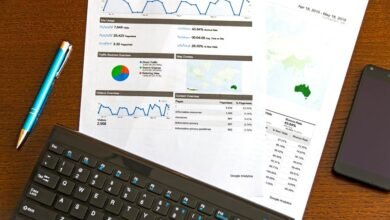Metro area usage patterns reflect a nuanced relationship between various socioeconomic factors and urban mobility. Demographic analysis reveals how transportation infrastructure shapes land use, influencing commuter behavior. Cities can harness usage analytics to pinpoint service gaps and emerging trends. This method not only enhances resource allocation but also improves the overall commuter experience. Understanding these elements is essential for developing sustainable urban environments, yet many questions remain about the future of metropolitan transportation.
Understanding Metro Area Usage Patterns
Although metro areas often exhibit diverse usage patterns influenced by various socioeconomic factors, understanding these patterns requires a systematic analysis of demographic data, transportation infrastructure, and land use dynamics.
By examining metro demographics through usage analytics, urban planners can identify trends in mobility, accessibility, and service needs.
This analytical approach enables a comprehensive understanding of how residents interact with their urban environments.
The Role of Data in Urban Planning
Data plays a crucial role in urban planning, as it regularly informs decision-making processes and strategic initiatives.
Effective data integration enhances the development of smart cities by providing insights into resource allocation, transportation networks, and population dynamics.
Utilizing comprehensive datasets enables planners to design environments that promote citizen engagement and sustainability, ultimately fostering urban spaces that prioritize the freedom and well-being of their inhabitants.
Impact on Commuter Experience
Urban planners leverage data not only for resource allocation but also to enhance the overall commuter experience within metropolitan areas.
By analyzing travel patterns, they identify bottlenecks and inefficiencies, thereby improving travel efficiency. This targeted approach ultimately boosts commuter satisfaction, as streamlined transit options lead to reduced delays and a more enjoyable journey.
Enhanced data utilization fosters a sense of freedom in urban mobility.
Future Trends in Metropolitan Transportation
As cities continue to evolve, the future of metropolitan transportation is poised for significant transformation driven by technological advancements and changing societal needs.
The integration of autonomous vehicles will enhance mobility options, while smart infrastructure will optimize traffic flow and reduce congestion.
Together, these innovations promise to create a more efficient, accessible, and sustainable urban transport ecosystem, ultimately fostering greater freedom for commuters.
Conclusion
In conclusion, understanding metro area usage patterns is crucial for shaping efficient urban environments. By harnessing data-driven insights, cities can better address the diverse needs of their populations, ultimately enhancing the commuter experience. As metropolitan areas evolve, the ongoing analysis of mobility trends will illuminate pathways for sustainable development. It is clear that, in the pursuit of progress, a stitch in time saves nine, emphasizing the importance of proactive planning for the future of urban transportation.





